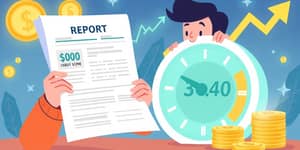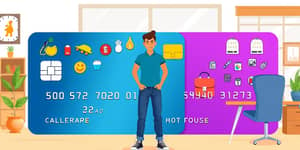
In 2025, American consumers are grappling with debt levels not seen in decades. The average balance among cardholders carrying unpaid debt has risen to $7,321, marking a 5.8% increase from last year. With interest rates climbing above 20%, the stakes have never been higher for those who hesitate to address burgeoning balances. This comprehensive guide equips you with data, strategies, and actionable steps to take control and protect your credit health without unwarranted damage.
Whether you’re just beginning to feel the pinch of steadily growing bills or you’ve been stuck making the minimum payment each month, understanding your options is crucial. By the end of this article, you’ll have a practical roadmap tailored to today’s economic pressures, helping you overcome obstacles and achieve true financial progress.
Credit card balances have become record-high credit card balances across the nation, fueled by rising living costs and stagnant wage growth. In Q1 2025, delinquency rates remained at 3.05%, close to historic lows, but interest rates rose dramatically, now at times interest rates exceed twenty percent for accounts with only minimum payments. With nearly half of cardholders carrying a balance each month, the widespread reliance on revolving credit demands urgent attention.
Households facing elevated inflation and borrowing costs are increasingly turning to “buy now, pay later” services or maxing out cards, further complicating their financial outlook. Recognizing this environment is the first step toward crafting a realistic, effective repayment plan that aligns with both your goals and your budget.
Before launching into repayment tactics, perform a deep dive into your existing obligations. Start by listing each credit card, noting its balance, interest rate, and minimum monthly payment. Examine your credit report for inaccuracies or outdated information that could be artificially lowering your score or increasing your costs.
This exercise will reveal your total debt burden and highlight high-cost accounts requiring immediate attention. Having a clear snapshot of your liabilities empowers you to make informed decisions and avoid the only making minimum payments trap that extends repayment timelines exponentially.
Several structured approaches can guide your repayment journey. Choosing the right strategy depends on your personal motivations and financial circumstances. Below is a summary of top tactics to consider:
This nine-step plan offers a clear path from reviewing your balances to eliminating debt completely:
Missing payments or falling behind by 30 days can trigger late fees, penalty APRs, and a sudden drop in your credit score. A 60-day delinquency can have especially severe consequences, impacting your ability to secure loans, rent an apartment, or even land a job. To protect your financial reputation, focus on reliability as much as speed.
Additionally, relying solely on minimum payments can trap you in a cycle of rapidly growing consumer debt stress that delays principal reduction and amplifies interest costs over years. Strive to pay more than the minimum due each billing cycle.
Beyond debt elimination, cultivating disciplined money management ensures you stay on track and avoid future pitfalls. Consider the following foundational practices:
These habits reinforce accountability and keep your goals within sight, turning good intentions into real progress.
If you feel overwhelmed, do not hesitate to seek professional guidance. Non-profit credit counseling agencies can:
Engaging with a qualified counselor can boost your confidence, clarify options, and introduce you to hardship programs you might not find on your own.
Handling credit card debt without harming your credit score demands a blend of data-driven strategy, disciplined habits, and proactive communication. With record-high balances of $7,321 and interest rates soaring above 20%, the time to act is now. Choose a payoff method, automate payments, and build supportive routines to ensure lasting success.
By following this guide, you will not only eliminate debt but also emerge with stronger financial habits and a healthier credit profile. Start today, stay consistent, and watch your progress transform into true financial freedom.
References













